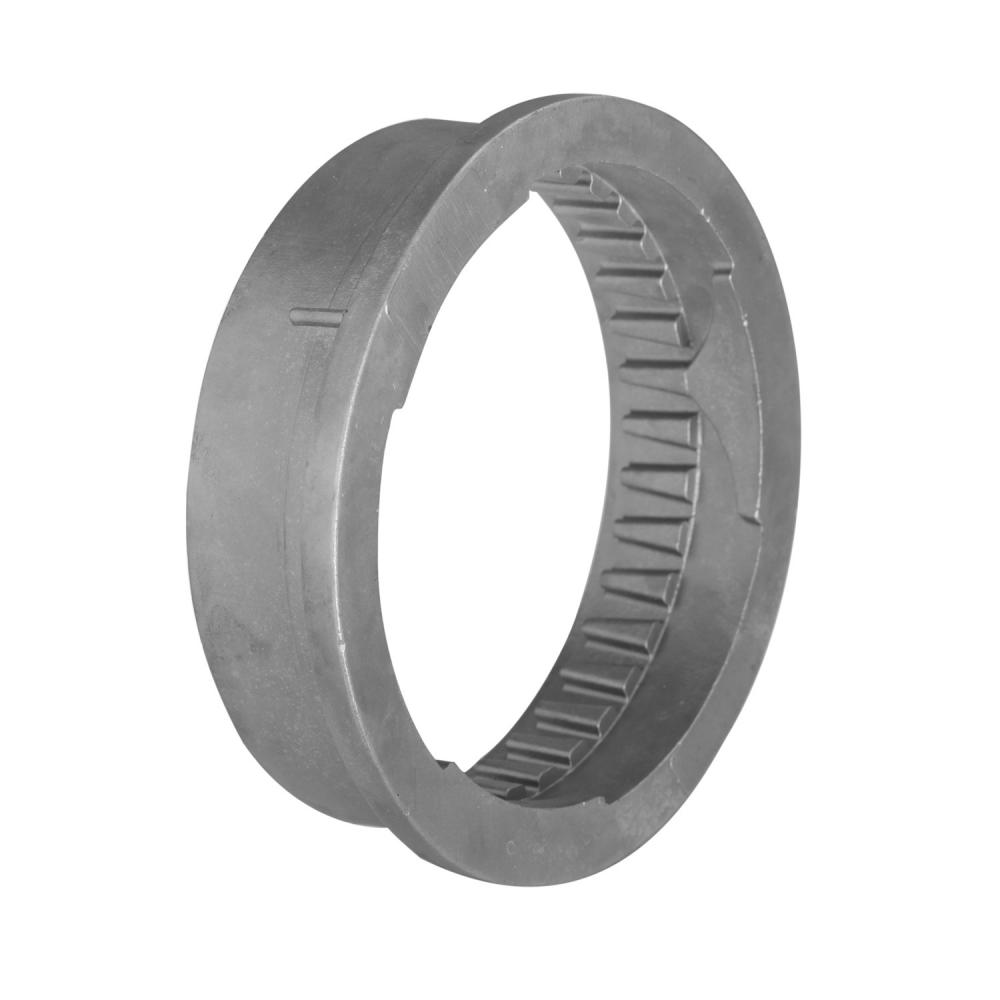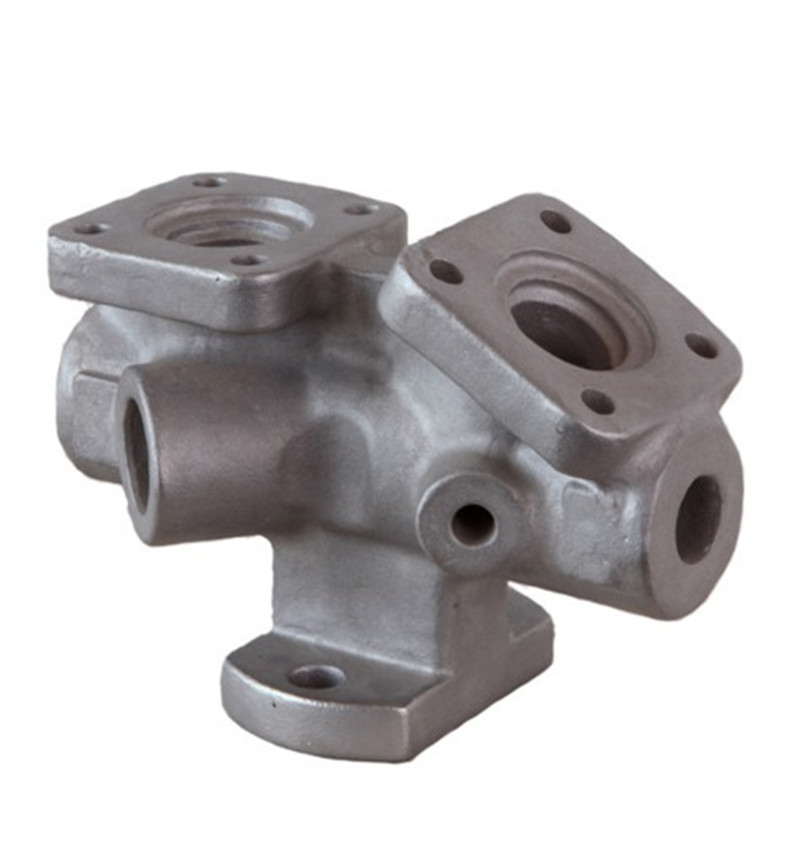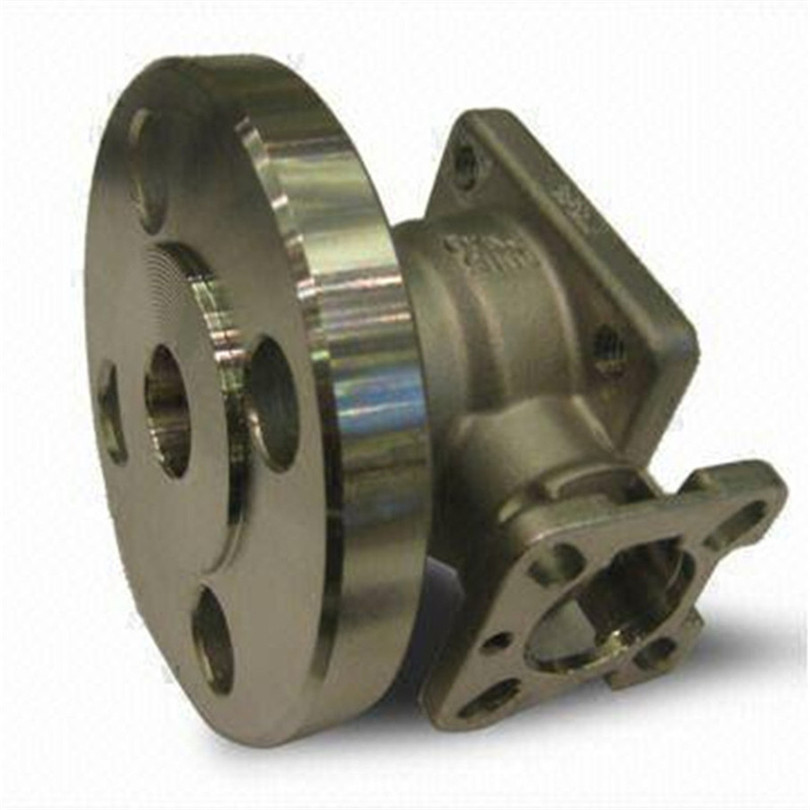Stainless Steel Precision Investment Casting: Field Notes, Specs, and Real-World Lessons
I’ve toured foundries from Hebei to Hamburg, and the one constant is this: when tolerances tighten and surface finish matters, investment casting is the quiet hero nobody argues with. It’s not flashy. It’s just precise. And stainless steel versions age gracefully, which—let’s be honest—saves buyers headaches later.

What’s inside the process (and why it works)
The Stainless Steel Precision investment casting here uses lost-wax patterns, ceramic shell building, thermal gravity pour, and—depending on geometry—pressure-assisted fills. After dewaxing and firing, molten stainless (304/316/duplex options) flows into a preheated shell. Shell breaks, gates get trimmed, then polishing and passivation wrap it up. Roughness around Ra6.3 is typical before final finishing; in practice, many customers push for finer polishing on sealing faces.
- Materials: 304/316/CF8M, 2205 duplex (grade choice by corrosion profile)
- Methods: Lost wax, thermal gravity casting; local pressure assist for thin walls
- Testing: PMI chemistry, CMM dimensional checks, PT (liquid penetrant), tensile per ASTM A370
- Surface prep: Polishing; passivation per ASTM A967 (nitric/citric)
- Service life: ≈5–15 years in machinery service; real-world use may vary
- Industries: Pumps/valves, food equipment, energy hardware, light off-highway, marine

Product snapshot
Short description (as shipped): Casting Method: Thermal Gravity; Process: Lost Wax; Molding Technics: Pressure Casting; Application: Machinery Parts; Material: Stainless Steel; Surface Preparation: Polishing; Surface Roughness: Ra6.3. Origin: Gelan Building, No.256 Xisanzhuang Street, Shijiazhuang, Hebei, China.
| Parameter | Typical value | Notes |
|---|---|---|
| Material grades | 304, 316/CF8M, 2205 | Grade selection by corrosion/media |
| Tolerance | ISO 8062-3 CT6–CT7 | ≈±0.1–0.3 mm; geometry-dependent |
| Surface finish | Ra ≈ 6.3 μm | Pre-polish; finer after finishing |
| Mechanical strength | 520–750 MPa (UTS) | Varies by grade/heat treatment |
| Weight range | 0.02–20 kg | Larger on request |

Where it shines
Typical applications for stainless investment casting include valve bodies that need tight bore alignment, pump impellers where balance matters, and food-processing brackets that must clean easily. I’ve seen OEMs switch from machined bar to cast near-net shapes and trim 20–35% cost after tooling amortization—surprisingly fast payback when volumes are steady.
Testing, data, and certifications
- Chemistry validation: PMI/XRF per heat
- Dimensional: CMM vs CAD; criticals at GR&R ≤10% (target)
- NDT: PT to ASTM E165; RT on request (film/digital)
- Corrosion: Passivation per ASTM A967; salt spray used as screening when specified
- Quality system: ISO 9001; casting tolerances per ISO 8062-3
Vendor landscape (quick reality check)
| Vendor | Certs | Lead time (tooling) | Tolerance | MOQ | Notes |
|---|---|---|---|---|---|
| Mingda Metals (Hebei) | ISO 9001 | ≈3–5 weeks | CT6–CT7 | Flexible | Strong on stainless + polish/passivation |
| Foundry A (global) | ISO 9001, IATF (some plants) | 4–8 weeks | CT6–CT8 | Medium | Broader alloy library |
| Foundry B (regional) | ISO 9001 | 2–6 weeks | CT7–CT8 | Low | Budget-friendly; basic finishing |
Customization notes
DFM tweaks—thicker junctions, gradual fillets, and directional solidification aids—often turn “iffy” thin walls into reliable runners. For high-CIP washdown gear, I’d pick 316/CF8M, passivated, sometimes electropolished, and keep crevices to a minimum.

Two quick case studies
- Valve body (316): CT6 tolerances, PT 100% on sealing faces, salt spray to spec; field returns fell from 1.8% to 0.3% in 12 months.
- Pump impeller (2205 duplex): Balanced to ISO G6.3; cavitation wear reduced ≈22% vs 304 in brackish service. Yes, materials matter.
Final thought: stainless investment casting doesn’t just hit drawings; it hits uptime. And in maintenance budgets, that’s what wins.
Authoritative references
- ISO 8062-3: Geometrical product specifications (GPS) — Dimensional and geometrical tolerances for castings.
- ASTM A743/A744: Standard Specifications for Castings, Iron-Chromium, Iron-Chromium-Nickel, Corrosion Resistant.
- ASTM A967: Standard Specification for Chemical Passivation Treatments for Stainless Steel Parts.
- ASTM E165/E165M: Standard Practice for Liquid Penetrant Testing.
- ASTM A370: Standard Test Methods and Definitions for Mechanical Testing of Steel Products.
Hebei Mingda International Trading Company is a trading company which is specialized in castings, ODM Ductile Iron Manhole Cover forgings and machinery parts.Our products include all kinds of raw castings to be made of ductile iron , grey iron , brass , stainless steel and aluminums, machined castings and forged parts .ODM Ductile Iron Covers To make these parts according to the customers’Custom Iron Casting drawings , we have relative suitable production craft and equipments, such as resin sand , sand mould , hot core boxes , lost-wax , lost –foam and so on Iron Casting Manufacturer Custom.Specially for hydrant bodies and valves’Ductile Iron Manhole Cover Manufacturer bodies, we have collected rich experience for these products in the past 16 year’s actual production, Now we are proud of our products with good surface and high quality material. Iron Casting ManufacturerWhatever,we have been trying our best to provide our customers with better quality castings by improving production crafts and more careful quality control.Cast Iron Castings Manufacturer|super blog